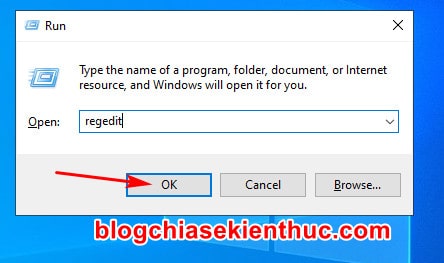

The option to disable Peek is labeled Use Peek to preview the desktop when you move your mouse to the Show desktop button at the end of the taskar. If you prefer to go the long way, you can launch the Settings app and navigate to Personalization > Taskbar. To jump to the correct Settings page immediately, right-click in a black area of your desktop taskbar and select Taskbar Settings at the bottom of the menu. Disable Peek via the Windows 10 SettingsĪnother method to disable Peek in Windows 10 is via the Settings app. To turn the Peek feature back on in the future, repeat the steps above and click the Peek at desktop option again to restore the check mark and re-enable it. With Peek disabled, the next time you move your mouse cursor into the lower-right corner of the screen, nothing will happen (unless you left-click in this area, which is the Show Desktop button). Click it once to remove the check mark and turn Peek off. By default, with Peek enabled, there should be a small check mark next to this entry. A small menu will appear with two options, one of those being Peek at desktop. The first is to move your mouse into that lower right corner again and right-click.
HOW TO TURN OFF WINDOW PREVIEW ON WINDOWS 10 TASKBARD HOW TO
Now that we’re clear what Peek does, here’s how to disable it in Windows 10. This lets you see the desktop for whatever reason, but then, once you move your mouse back out of that lower-right corner, all of your windows will pop back to their original state. Hold you mouse steady in this position and, after a second or so, all of you application windows will fade away into a mostly transparent, glossy outline. You could minimize or move your applications, but with Peek you just need to move your mouse cursor all the way into the lower-right corner of the screen. Let’s say that you have a bunch of application windows open but you want to see if a certain file is on your desktop. How Peek Works in Windowsįirst, let’s quickly demonstrate what the Aero Peek feature does in Windows. Fortunately, it’s easy to disable Peek in Windows 10. For some users, however, Peek isn’t very helpful, and it can be accidentally triggered by moving the mouse cursor to the lower-right corner of the screen, leading to frustration. There were no significant changes in UI.Aero Peek, or simply “Peek” in the latest versions of Windows, is a graphical feature of the operating system that lets a user quickly see their desktop without needing to close or move their open application windows. Specifies the window title text height in the thumbnail view. I could not find the difference between MinThumbSizePx and MaxThumbSizePx, but if both exist, MaxThumbSizePx takes precedence. For example if it’s set to 500, thumbnails by default show in 500 px. Specifies the maximum thumbnail size in pixels. See top of the article above for illustration. NumThumbnails set to 2, if there are more 2 windows, they all are stacked as shown: Opening more than 10 windows will cause the items to be stacked. If NumThumbnails value is set to 10 (decimal), thumbnail previews are shown only if you have <=10 program windows. and so forth up to the limit your monitor can support. Notepad), five thumbnails are displayed one for each instance. By default when you open five instances of a program (e.g. This setting specifies how many thumbnails to display for an item. Here is the entire list:Īll the pixel values are set in "Decimal" using Registry Editor. Similarly, you can tweak the following registry values under the "Taskband" registry branch, and customize the taskbar thumbnail previews as you need. I set it to 350 (Decimal) for this example.Īnd you can see below that the taskbar thumbnails has grown bigger in size. Double-click MinThumbSizePx and set its value data accordingly. Create a DWORD value named MinThumbSizePxģ. Launch Regedit.exe and navigate to the following location: HKEY_CURRENT_USER\Software\Microsoft\Windows\CurrentVersion\Explorer\TaskbandĢ. Make the Taskbar Thumbnail Preview Biggerġ. This is how the taskbar thumbnail preview window appeared prior to applying the following edit.


 0 kommentar(er)
0 kommentar(er)
